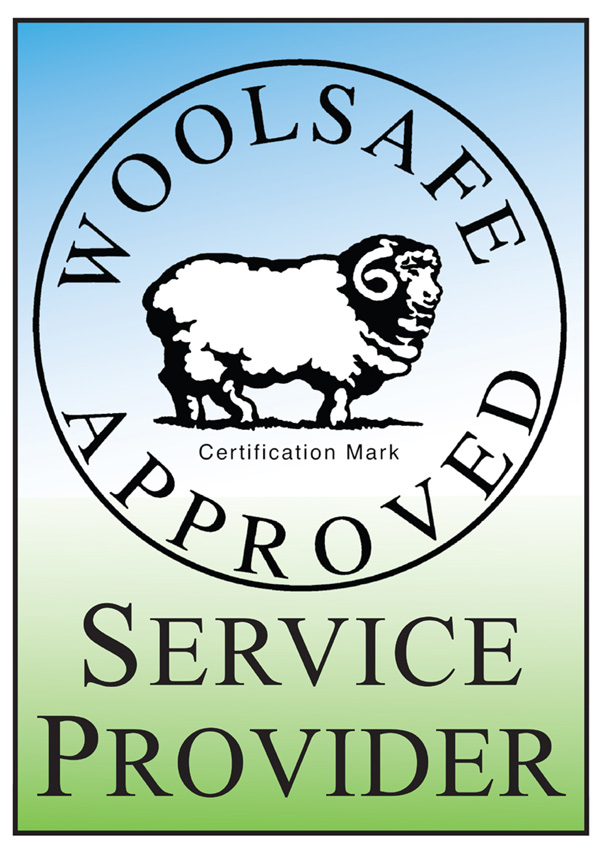1. How Can I Tell if My Rug is Handmade?
Look at the back of the carpet. The machines make a uniform warp-and-weft grid that looks entirely different from the varied and slightly wavy warps and wefts of hand-knotted carpets.
Again, by looking on the backside of the carpet, note the tightness of the weave and make sure the design is as clear on the back as it is on the front. This are indications of handmade qualities
A master designer and weaver will sometimes sign their rug. Their signature, and sometimes the date, will be incorporated into design in the middle of the upper edge of the carpet.
2. How Do I Clean My Carpet?
As a result from the tightness of the knot and the materials used during weaving, handmade rugs are virtually maintenance free. It is recommended that you use an electric sweeper to clean your wool rug. If a spill occurs, clean it right away, using a mild detergent like Woolite. An experienced, professional cleaner is advisable for such carpet materials as silk, which is more delicate than durable wool fibers.
3. How Do I Classify a Rug’s Age?
Old: Less than 50 years old
Semi-antique: 50-80 years old
Antique: More than 80 years old
4. How Do I Pick The Right Sized Rug?
Two mistakes that people often make while deciding the right size for their carpet are: purchasing a rug that ends up being too small for the space, and/or not taking into account the chairs pulled away from the table when measuring for the dining room area.
When deciding on your measurements, make sure you are able to provide the largest possible measurement the rug can be as well as the smallest.
5. What Do The Symbols and Colors Represent in The Oriental Rug Motifs?
Handmade Oriental carpets—like a song—has a rhythm, cadence and tone. Just like there is no one way to sing a song, there is no right way to see a carpet. Like any other piece of art, a handmade carpet is full of visual nuances and aesthetic mystery; messages that can often be interpreted as multiple meanings. This use of symbolism will visually depict a story or hidden meaning within the rug’s design and is often meant for the audience to self-interpret.
Some symbols and possible interpretations include:
Camel: Wealth, prosperity
Cypress Tree: Strength, endurance
Tree of Life: Eternity–path from earth to heaven
Chicken/Rooster: Dawn of a new day, fresh start, sexual prowess
Bird: Paradise, faith
Star: Spirituality, good luck
Carnation: Happiness
Pomegranate: Abundance, fertility
Paisley Design: Flame, universe
Jug: Purification
6. How Long Does it Take to Make a Handmade Rug?
All authentic Persian rugs are handmade rugs; none are machine made. For a small 3′ x 5′ rug, it might take a person several months to make that rug. Medium-sized rugs (5′ x 8’) can take a person or group up to a year to complete. Very large rugs (10′ x 20′) might take a group years to finish, and larger silk rugs, which often have up to 1,000 knots or more per square inch can take a person a lifetime to complete.
7. How Can I Determine The Value of My Carpet?
Handmade carpets are more valuable than machine-made carpets. The back of the carpet will help a person determine if it is handmade or machine-made. The back of a handmade rug should always have the same vibrant design as the front of the rug.
Knot Count: The more knots per square inch, the more valuable the rug.
Design: The more intricate the design, the more valuable the rug.
Materials: Silk is the most expensive material used for rug weaving. The natural and weaving properties of silk requires the rug maker(s) to create a rug with a high number of knots per square inch (at least a 1,000 knots per square inch). Due to the cost of the materials used and the time to construct these rugs, silk rugs are often the most expensive rugs on the market. Wool is the most common material used in handmade rugs, however not all wool is created equal. Persian wool is arguably the best in the world, as its fibers are lustrous and superior.
Antique rugs are often more expensive than newer rugs, but that is because of their rarity and market demand, not because they are actually superior.



